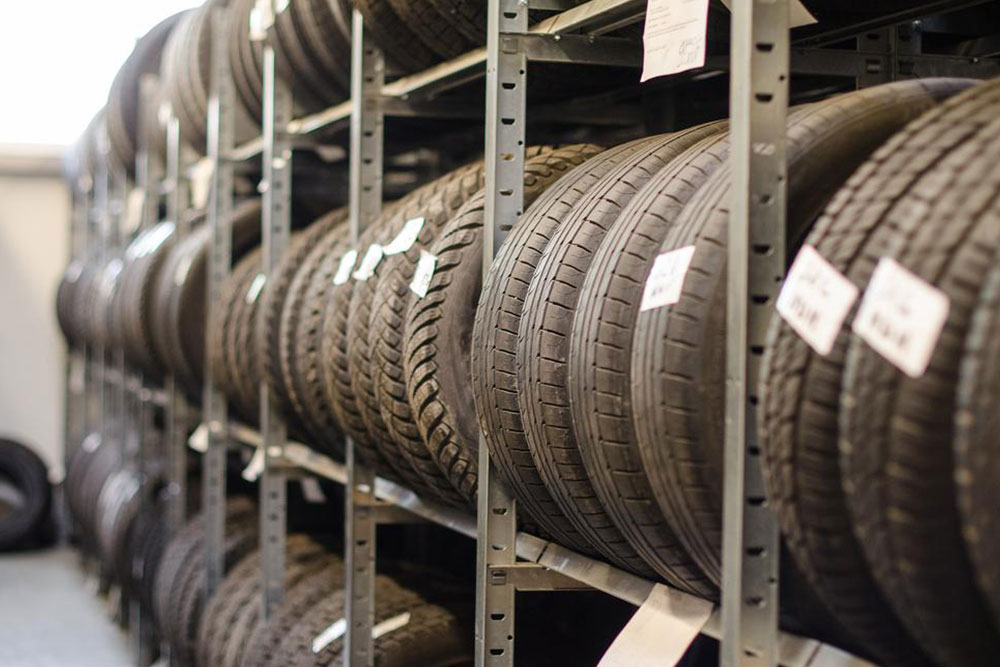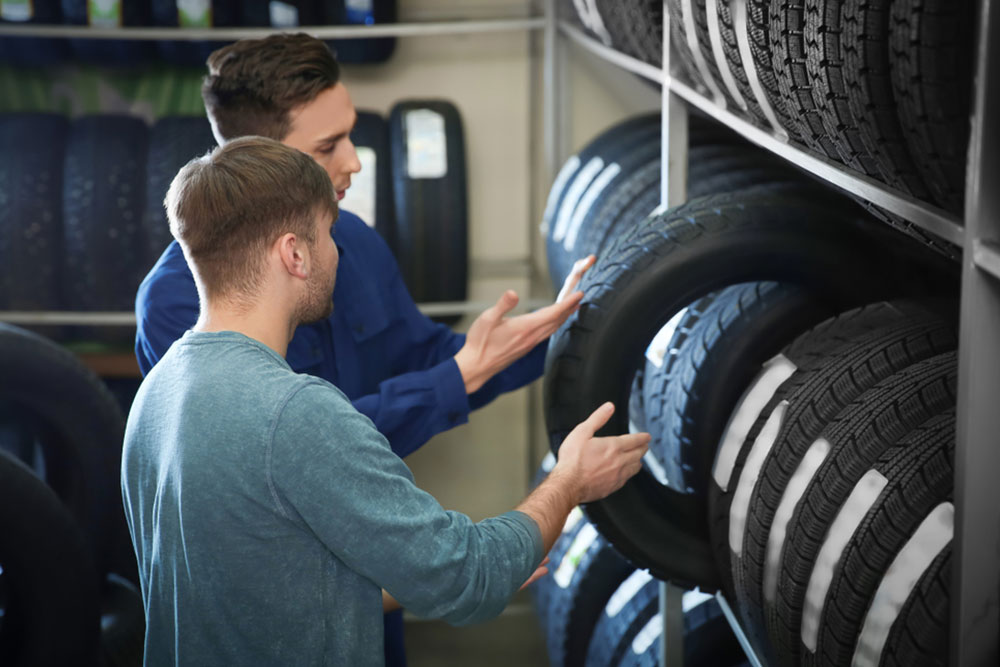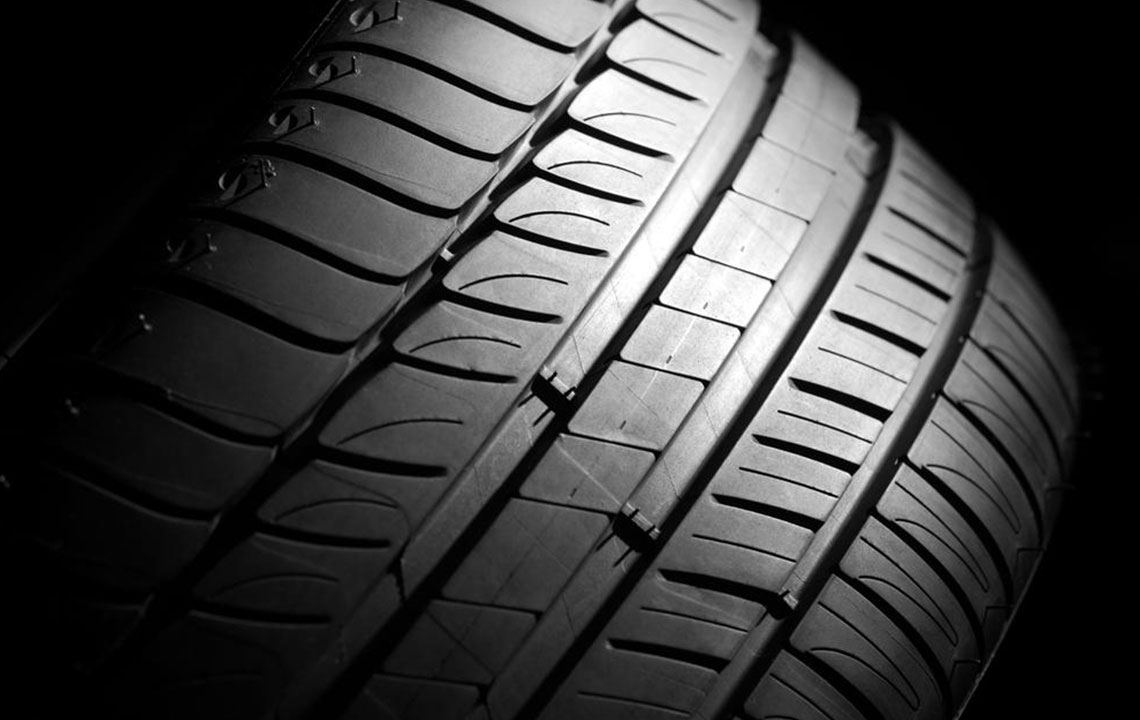Innovations in Modern Tire Technology
This article explores key milestones in tire technology, from the early pneumatic designs to modern advancements like steel belted radials and tubeless tires. It highlights the innovations that have improved safety, performance, and ride quality, shaping the automotive industry today.
Sponsored

The origins of pneumatic tires trace back to French pioneers André and Édouard Michelin, who introduced them in the late 19th century. Their participation in the 1895 Paris–Bordeaux race sparked public interest, positioning Michelin as a leading tire manufacturer in Europe. Early tires featured a pressurized air core with a fabric and rubber outer shell, a design that remained largely unchanged for decades. The advent of bias-ply tires, with diagonally layered cords, was followed by the revolutionary steel belted radial tires introduced by Michelin in 1948, offering improved durability and performance. Subsequent innovations, including the use of synthetic cords in radial tires and the development of tubeless technology by BFGoodrich in 1955, have continued to enhance safety, ride comfort, and efficiency in tire design. The 1970s saw the emergence of high-performance, low-profile radial tires, further pushing the boundaries of tire engineering.






